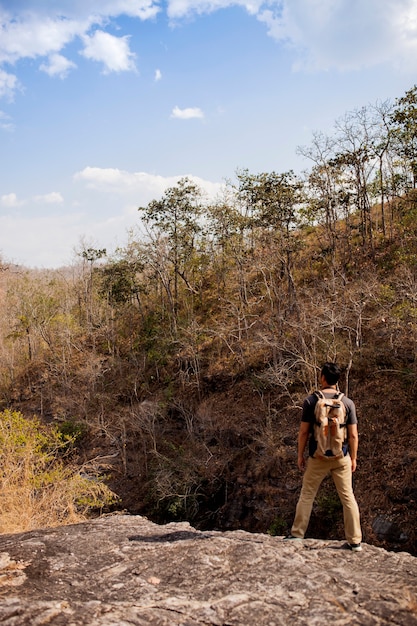
Whether you’re planning a wildlife adventure, like a safari or a trip to the zoo, or you just stumble upon animals while traveling, capturing photos of them can be a bit of a challenge. Animals don’t stand still and pose for pictures; they’re not aware that their movements might make your photos blurry, and unless you have some food to lure them (which is often not allowed), they probably won’t have much time or patience for you. But don’t worry, there are a few tricks to help you snap some amazing wildlife photos. We’re talking about those enviable Facebook “cover photo” quality shots! Let’s dive into the tips –
1. Get a zoom lens. Most animals won’t hang around long enough for you to get too close, so a good zoom lens lets you photograph them from a distance. Plus, zoom lenses are pretty affordable these days. If you don’t already have one, brands like Tamron and Sigma offer budget-friendly options.
2. Understand the animal’s behavior. You don’t need to be an expert like David Attenborough, but having a basic understanding of how the animal behaves can be really helpful. Some animals are laid-back and seem to pose for photos, while others are always on the move. Knowing this can help you anticipate actions and capture that perfect shot.
3. Focus on details. While full-body shots are great, sometimes the most striking photos are all about the details. Use your zoom lens to capture close-up features that often go unnoticed.
4. Experiment with wide shots. On the flip side, try taking wide shots to include more of the background. This approach works well if the animal is in focus and stands alone in the photo. These shots can tell a bigger story by showing the animal interacting with its environment.
5. Master your camera’s focus. Newer cameras make focusing easy with features that let you tap the screen to focus, but if your camera doesn’t have that, you’ll need to learn how to manually adjust the focus. Practice before heading out so you’re ready when the moment arises.
6. Check the weather and dress accordingly. As you’ll be outdoors for wildlife photography, make sure you’re prepared for the weather. Dress warmly if it’s cold, wear a raincoat if it’s raining, and consider sunglasses and sunscreen if it’s sunny.
7. Keep your shots stable and experiment with shutter speeds. Stability is key to avoiding blurry shots, so use a tripod or gorillapod. Work with your camera’s shutter speed settings to see what works best, keeping in mind that faster speeds might darken your photo depending on the available light.
Extra Tip: Edit your photos! After capturing your shots, edit them to enhance the quality. Simple tweaks like adjusting lighting, increasing color vibrancy, and altering contrast can transform a good photo into a great one. Adobe Lightroom is a popular tool for editing, but if you’re looking for a free option, Picasa by Google is a good starting point.
These tips were put to use with photos taken on a somewhat new camera and edited in Picasa.

